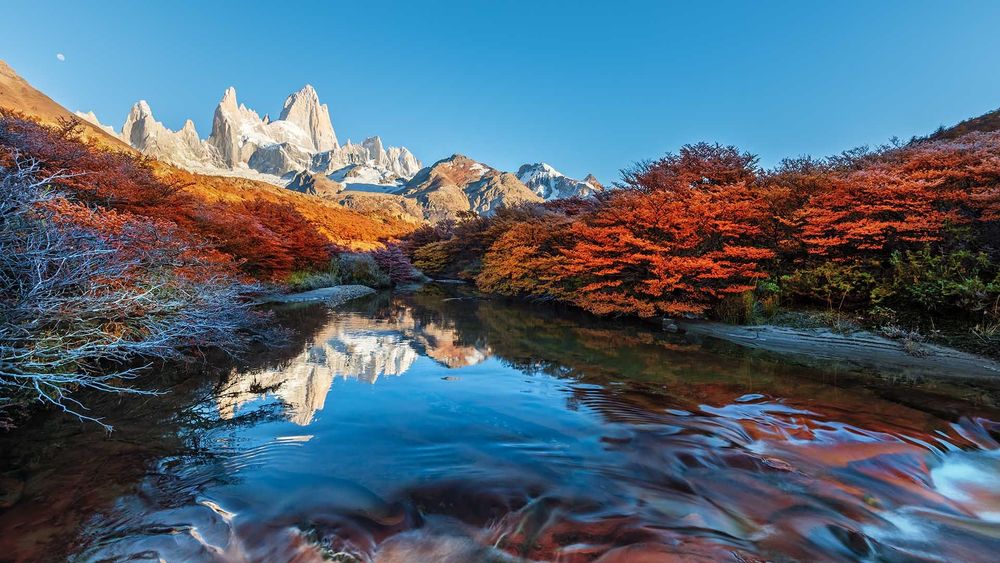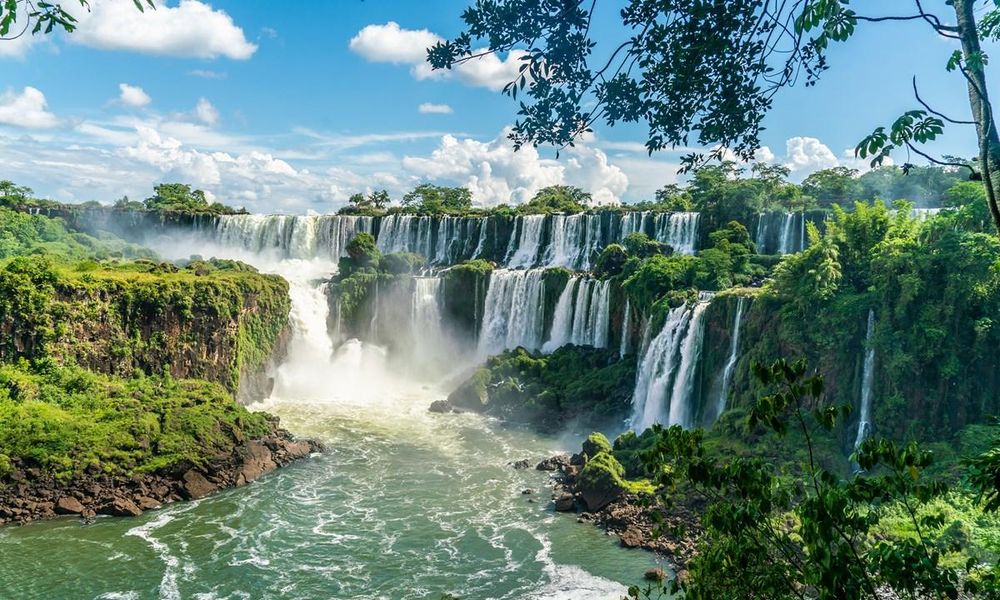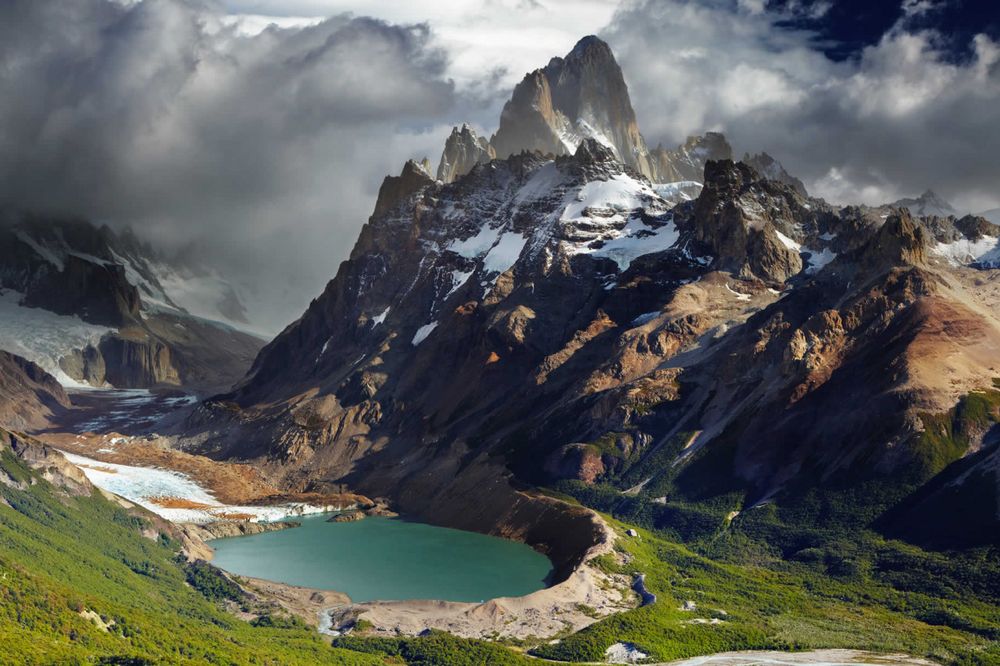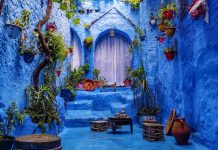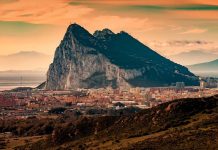Nestled where the South American continent tapers to its tip, pointing toward Antarctica, Argentina is a country of superlatives and extremes. In the region known as the Southern Cone for its shape on the map, it’s a geographical jewel even if it owes its very name—deriving from the Latin root for silver—to Spanish settlers’ misguided hopes of finding precious metals.
As the world’s eighth-largest country, slightly smaller than India, Argentina’s diversity can satisfy almost any interest. Its capital, Buenos Aires, is famous for the tango and has the highest international profile of any South American city. The first city on the continent to exceed a million inhabitants, its European-immigrant vitality has survived repeated crises to remain a cultural as well as political capital.
For some visitors, Buenos Aires alone is enough, but it’s also the port of entry to some of the greatest sights in the Americas. The Río de la Plata, which empties into the South Atlantic here, is longer than the Mississippi; to the west, the gaucho homeland of the flat green pampas stretches beyond the horizon. To the north, the legendary Iguazú Falls are half again the height of Niagara and nearly four times wider. Along the western border with Chile, higher than Denali in Alaska, the Andean summit of Cerro Aconcagua is “The Roof of the Americas.”
Among its staggering landscapes, Argentina counts ten UNESCO World Biosphere Reserves and seven World Heritage Sites, including Iguazú and the ruins-rich polychrome canyon of the Quebrada de Humahuaca, linked to the highlands of Peru and Bolivia. In the southern region of Patagonia, there’s the wildlife-packed Atlantic coastline of Península Valdés, the aboriginal rock art of Cueva de las Manos (Cave of Hands), and the Glaciar Moreno, a grinding river of ice that’s a feast for the eyes and the ears.
Argentine paleontologists have put the desert parks of Ischigualasto and Talampaya on the map with groundbreaking fossil research. Dinosaur-hunters have made other major advances both in the arid north, whose bright sedimentary landscapes recall the southwestern United States, and on the vast Patagonian steppes.
Península Valdés, for that matter, is only one of many wildlife reserves on a seemingly endless South Atlantic shoreline. Northernmost Patagonia’s forested lake district reminds visitors of the European Alps, and only New Zealand, Norway, and the Alaskan panhandle can match archipelagic Tierra del Fuego’s sub-Antarctic wildlands.
However, Argentina’s not all nature. In the shadow of Aconcagua, the Cuyo region is wine country, and Mendoza is one of South America’s most livable cities. The cities of Rosario and Córdoba—the latter’s colonial Jesuit heritage is also a UNESCO site—are cultural as well as economic forces in Argentina.
For many years, relatively few braved travel to a country that suffered one of the most brutal and arbitrary military dictatorships on a continent that was infamous for them. In the 20-plus years since the return to constitutional government, though, international travel has steadily increased even through hard economic times, and it’s now an almost ideal place to travel. By North American or European standards, it’s also affordable—even cheap.
